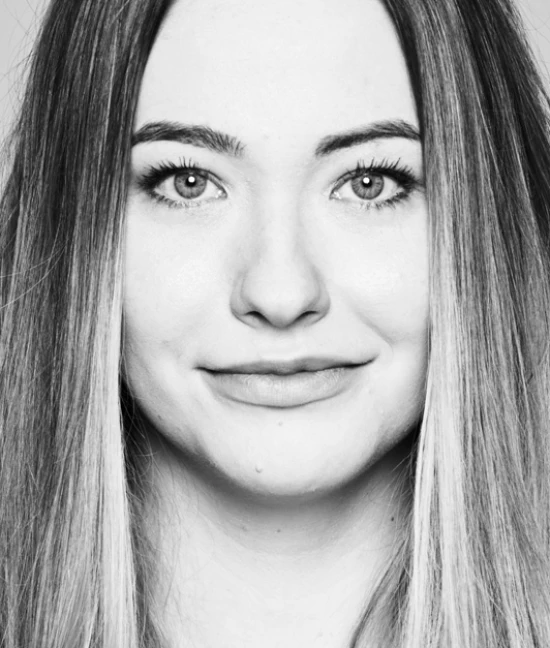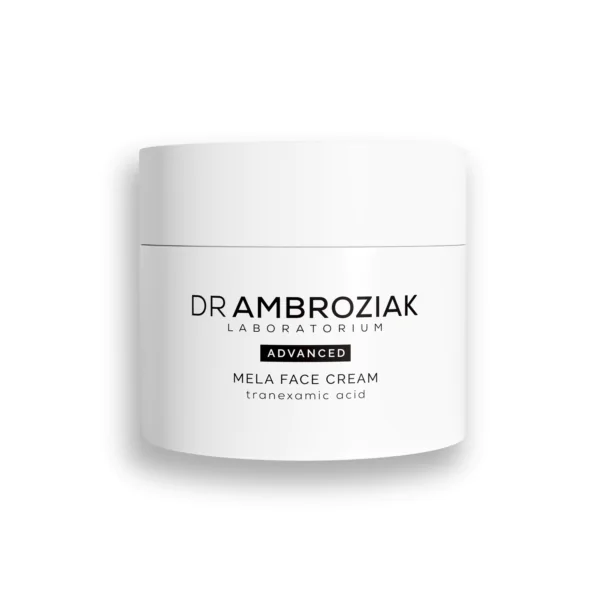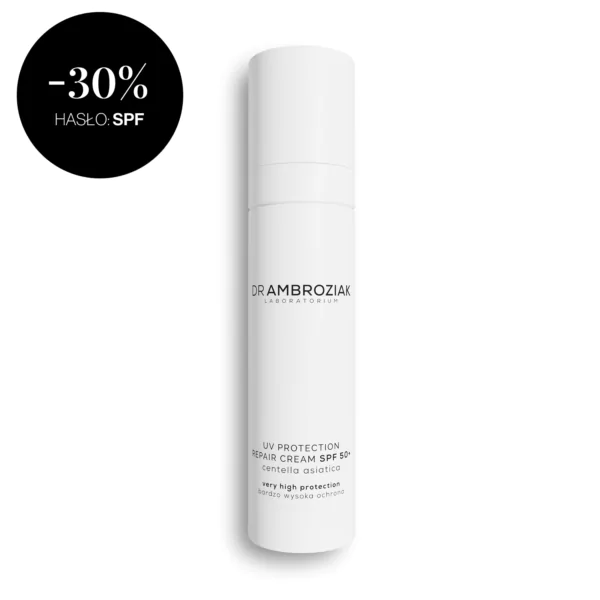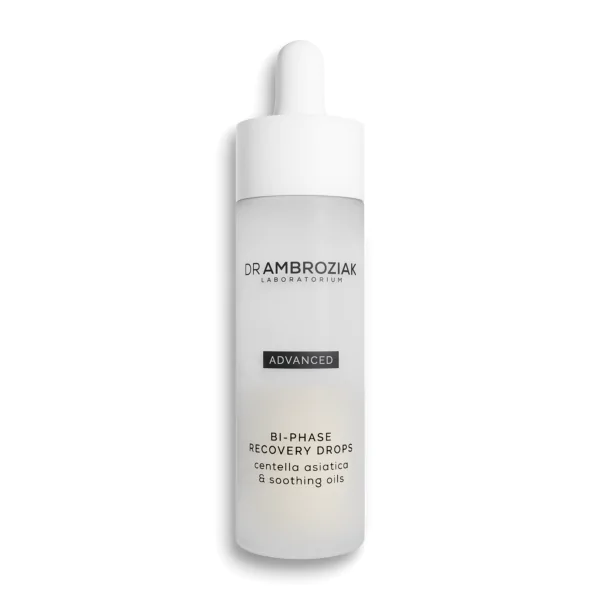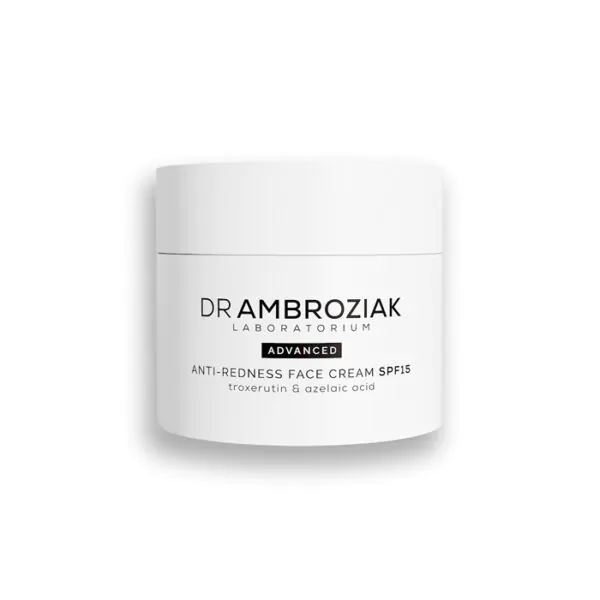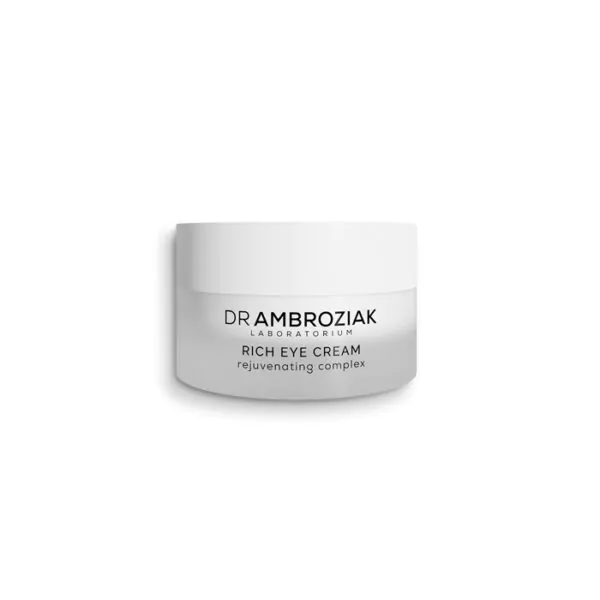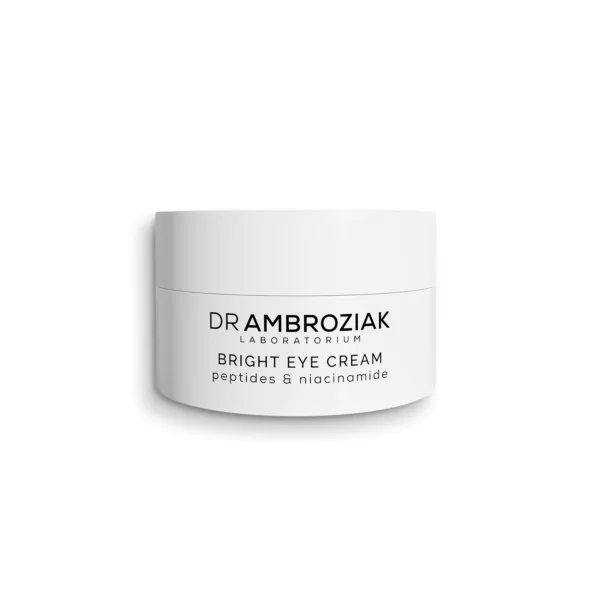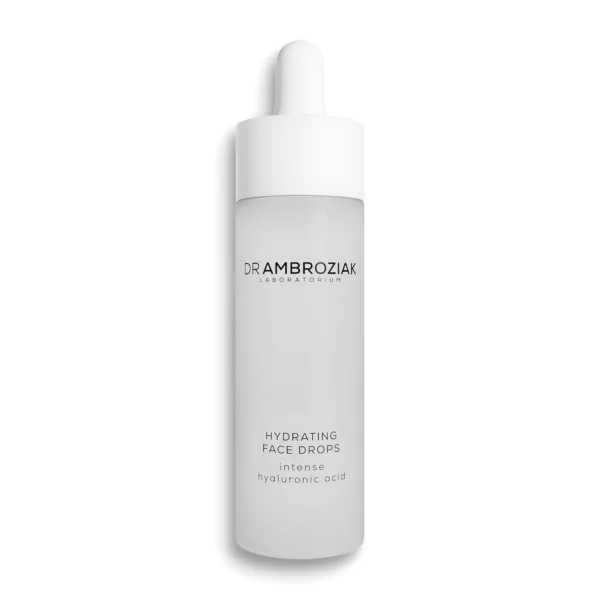Plastic surgery of upper and lower eyelids
Surgical correction of the eyelids very often results not only from aesthetic, but also health reasons. Sagging eyelid skin limits the field of vision and is a nuisance for patients in everyday life. Plastic surgery comes to help, solving this problem in a very short time.
Upper and/or lower eyelid plasty is a key procedure for facial rejuvenation. Excess flaccid skin on the upper eyelids or so-called "bags under the eyes" on the lower eyelids add an older and tired appearance to the face. Removal of sagging eyelid skin and excess orbital fat can make a spectacular contribution to a younger, radiant facial appearance.
Why is it worth it?
The advantages of performing upper and lower eyelid plasty are numerous. Rejuvenation of the face is the most common reason why patients want to have it performed. In addition to the obvious phenomenal aesthetic effect, such operation helps in the everyday life of patients whose sagging eyelids limit the field of vision. Very short convalescence is an additional factor contributing to the practicality of this operation, and the long-lasting effect usually convinces patients to undergo it.
What do you need to know?
Location
Price
Problem solved
How often repeat
Duration time
Effects
Results of lower and upper eyelid surgery are both aesthetic and functional. These include refreshing and rejuvenating the eye area, enhancing the eye contour, removing upper eyelid folds and improving the field of vision.
Book consultation!
FAQ
OVERVIEW OF THE SURGERY Upper eyelid plasty Tests required before the upper eyelid plastic surgery: Blood group Morphology with smear test Coagulation parameters (APTT, INR) CRP (parameter measuring presence of inflammation in the body) HBs antigen, anti-HCV antibodies The upper eyelid correction procedure takes about 1.5 hours and is usually performed under local anaesthesia - in the form of an injection. It does not require an overnight stay at the Clinic; the patient reports to the Hospital on the day of the procedure about an hour before the surgery and goes home afterwards. The procedure of upper eyelid plasty consists of the following stages: The procedure is preceded by taking photographic documentation for the use of the attending physician and the Patient. Marking the skin incision line - the lower edge of the incision runs in the eyelid crease (the so-called upper eyelid furrow); thanks to this, when the eye is open, the scar is mostly hidden in the skin fold and is very hardly visible. The line is drawn from the medial angle of the eye towards the lateral angle with a slight upward curve near the lateral angle. Then, using tweezers, with the eyelids closed, the surgeon takes the fold of skin to determine the extent of excess and draws the upper line. The extent of the skin resection in the lateral angle of the eye depends on the skin excess in this area of the eye. Usually a spindle-shaped piece of skin is removed, with slightly more skin in the lateral corner of the eye. Local infiltration anaesthesia - the surgeon then anaesthetises the operated area by injecting it with a solution of local anaesthetic (usually 1-2% lignocaine) with adrenaline, whose addition reduces bleeding during eyelid plasty. The surgical procedure includes resection of the marked part of the skin and a strip of the eye-circle muscle located underneath, which serves the purpose of better fitting the skin, marking the supraciliary fold and emphasising the eye contour. Bleeding small vessels are carefully coagulated. Removal of fatty hernias if present. Implementation of any additional procedures, individually tailored to the needs of each individual patient. Suturing of the wound with single sutures or, in order to achieve an optimal aesthetic result, with intradermal continuous sutures. After the upper eyelid plasty, the scar is located in the eyelid fold and is mostly hidden when the eyes are open. Lower eyelid plasty It can be performed separately or together with the upper eyelid plasty. In both cases, it usually requires general anaesthesia. If this type of anaesthesia is used, it is necessary to stay at the Clinic for one night after the procedure. The operation takes about 2-3 hours. The surgery involves: Marking the skin incision line - from the medial side, an upper line is drawn 3mm from the lash line, leading it in the first laughter crease towards the lateral side with a slight downward curve of the line. Local infiltration anaesthesia - in addition to general anaesthesia, the surgeon also anaesthetises the operated area by injecting it with a solution of local anaesthetic with adrenaline, the addition of which reduces bleeding during eyelid plasty. Elevation of the skin and the circular muscle of the eye with visualisation of orbital hernias. Once fatty hernias are visualised, they can be surgically removed or relocated to fill and soften the transition between the lower eyelid and the cheek. As in the upper eyelid, thorough haemostasis (coagulation) of individual fatty hernias is crucial. A frequent step in the lower eyelid corrective surgery is canthopexy - suturing of a dermal-muscular flap to the lateral orbital rim, which increases tension of the lower eyelid and prevents it from flaccidity, recoiling and drooping. Once the excess flaccid skin is determined, a thin strip of it is removed from the wound margin. In contrast to the upper eyelids, a very small amount of skin is removed from the lower eyelids as removal of more skin involves the risk of eyelid retraction (ectropion). The wound is then sutured with single or continuous sutures.
The operating surgeon gives detailed postoperative instructions in each case. Immediately after the surgery, thin suture patches (steri-strips) are applied to the suture sites and are not removed until the day the sutures are removed. There is usually no need to apply a larger dressing. After the surgery, cold compresses should be applied on the eyelids to reduce swelling and bruising of the operated area. The procedure is usually not associated with much pain, but generally available painkillers (e.g. Paracetamol, Dexak) can be used in the postoperative period. Aspirin preparations are contraindicated, as they increase the risk of bleeding. Stitches are removed during a follow-up visit 7 days after the eyelid surgery. If the patient experiences eye dryness in the post-operative period, it is advisable to apply artificial tears or protective preparations (e.g. Corneregel) to prevent the cornea from drying out. Return to work and normal functioning is possible after about 7-10 days after the upper eyelid plasty and after about 2 weeks in case of the lower eyelid plasty. In case of any disturbing symptoms, the patient should immediately contact the doctor (surgeon) or the Clinic. GENERAL POSTOPERATIVE RECOMMENDATIONS AFTER BLEPHAROPLASTY 1. A pressure dressing will be applied to the eye area after the surgery to reduce swelling and bruising. This dressing will be removed after a few hours (usually, 2 to 6 hours after the operation). 2. Someone you trust needs to drive you home and take care of you for 1-2 days. 3. Throughout the recovery period, eat a balanced diet with plenty of liquids. 4. Only take the medicines prescribed by the doctor. Do not take aspirin or medicines causing blood coagulation disorders or bleeding. 5. Do not drink alcohol for 3 weeks after the surgery. 6. Do not smoke or stay nearby smokers until the end of the healing process. Physical activity 1. Start walking as soon as possible, as this will reduce swelling and the possibility of blood clot formation. 2. Do not drive a car while taking strong analgesics. 3. Avoid physical activity causing increased blood pressure, including bending forward, lifting and stretching. 4. Avoid physical exercise for 2-3 weeks after the surgery. 5. Reading and watching television should preferably be avoided for 2-3 days after the surgery. 6. Do not return to work sooner than approximately 14 days after the surgery. Instructions concerning the wound 1. You can take a shower no sooner than 24 hours after the surgery. 2. Avoid exposing the scar to sunlight for at least 12 months after the surgery. 3. Plasters applied on the surgical wound must remain intact until removal of the sutures. 4. You must position the head high for 48 hours after surgery to reduce swelling and bruising. Please use cooling dressings around the eyes for 48 hours after surgery. 5. Do not wash your hair for 2-3 days after the operation. 6. Wear cloths with buttons or a zipper at the front or back. Avoid clothes which you need to pull over your head. 7. Do not wear contact lenses for at least 2 weeks after the procedure. 8. If you experience eye dryness, apply hyaluronic drops (e.g. Hialdrop) 3 times a day. What to expect 1. Slight bleeding from the area of the cuts is normal after the surgery. 2. Discomfort may appear during the first few days and will decrease on each subsequent day. 3. Temporary swelling of the eyelids, increased eyelid tension, bruising, dryness and itching of the eyes are symptoms that may occur after surgery. 4. Excessive lacrimation, photophobia or visual disturbance may occur for the first few weeks. 5. You may have difficulty closing your eyes while sleeping. 6. Bruising and swelling of the eyelids will usually begin to diminish 2 weeks after surgery. 7. Make-up cannot be applied until after removal of the sutures. Postoperative care 1. Sutures will be removed approximately 7 days after the surgery. 2. Call the Clinic to schedule the appointment for removal of sutures. 3. On bruised areas, you may apply Auriderm XO cream, 2-3 times per day. 4. After approximately 2 weeks, start applying Cicaplast on the scars, 2 times per day.
The main contraindications for the eyelid plasty include uncontrolled general diseases such as diabetes or hypertension, taking drugs that affect blood coagulation (aspirin, anticoagulants such as Xarelto, Pradaxa and others, high doses of anti-inflammatory drugs), systemic or skin infections, including active herpes. Due to the particular risk of complications in smokers (especially local skin necrosis with the formation of skin losses - occurring up to 12 times more often), it is contraindicated to perform scheduled aesthetic procedures in smokers, and the optimal interval from quitting smoking is at least 3 months. Scheduled aesthetic operations are also not performed in pregnant or breastfeeding women.
The upper and lower eyelid plasty is performed under general anaesthesia or, in the case of the upper eyelids, under local anaesthesia, and it does not hurt. Pain may only occur after the operation, when the wounds are healing.
The desired outcome of the upper eyelid plasty is: • reduction of sagging skin overhangs on the eyelids; • improvement of the field of vision (which may be reduced with very advanced flaccidity); • unveiling of the eyelids (which improves appearance of the face and makes it possible to apply eye make-up); • removal of fatty hernias of the eyelids; • giving the face a younger and more relaxed appearance. The aim of the lower eyelid plasty is: • to reduce flaccidity of eyelid tissues and to gently remove excess skin; • to improve eyelid tension by means of so called canthopexy (suspension of the lash margin near the lateral angle of the eye); • to remove fatty hernias of the eyelids; • to give the face a younger and more relaxed appearance.
The surgery result is permanent; however, with the passage of time, eyelid skin will continue to gradually lose firmness. How long the effect will last also depends on the quality of the patient's skin, age, and many other factors such as stress or lack of sleep.
Yes. Scars after this surgery are not visible; thanks to this, surgery results look very natural.
Results of the upper and lower eyelid surgery are visible both immediately after the surgery and after healing of the wounds.
The anticipated effect of eyelid plasty lasts for many years. However, one must remember that the procedure alone will not stop the natural aging process. Eyelid skin is the thinnest in the entire body and is easily influenced by many adverse factors such as UV radiation, smoking, air pollution or stress. Depending on genetic and environmental factors, eyelids may sag again some years later, requiring another surgery. Nevertheless, the surgical eyelid plasty remains the procedure with the longest possible and most predictable results.
We also recommend
Find the perfect treatment for you
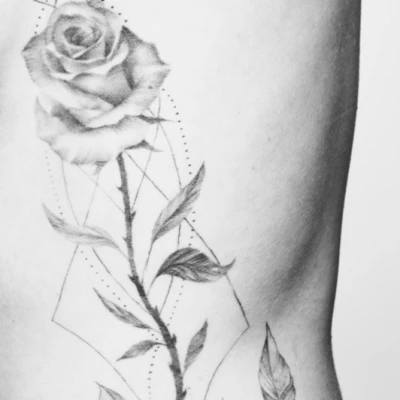
Picosecond laser
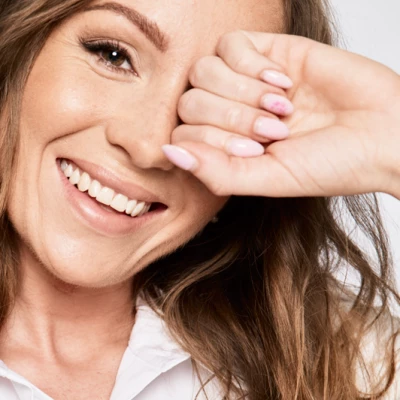
Anti-Aging Mesotherapy

